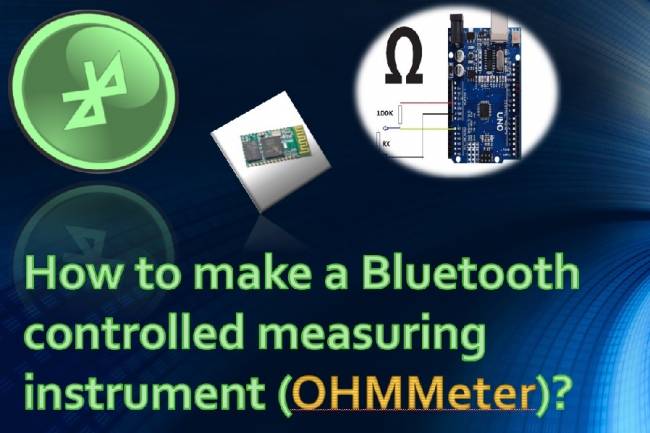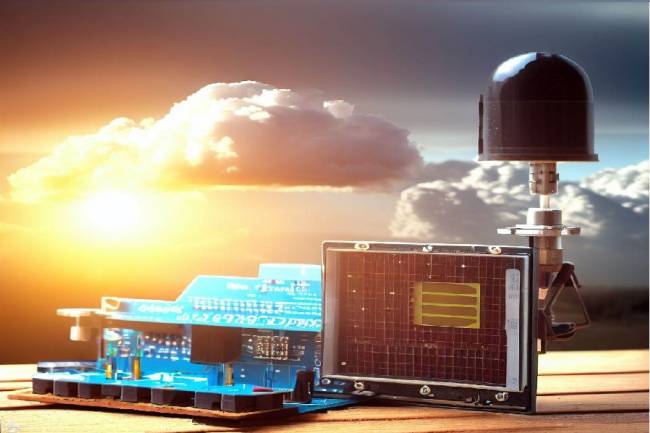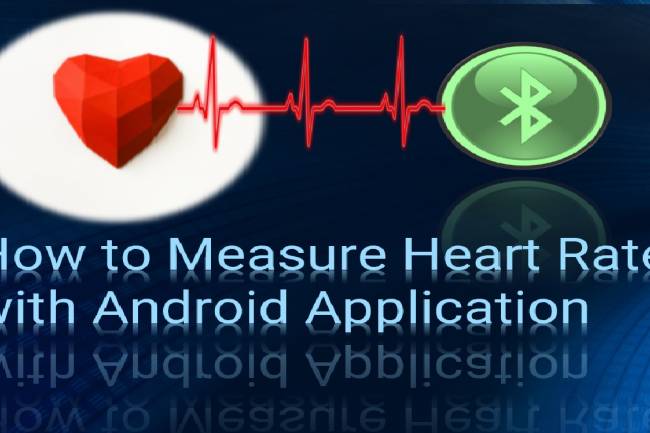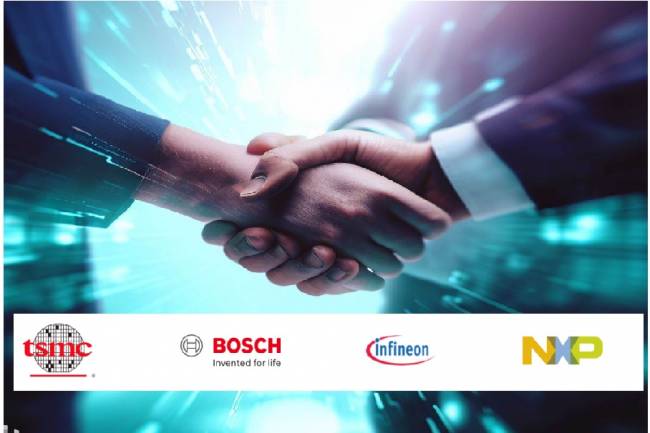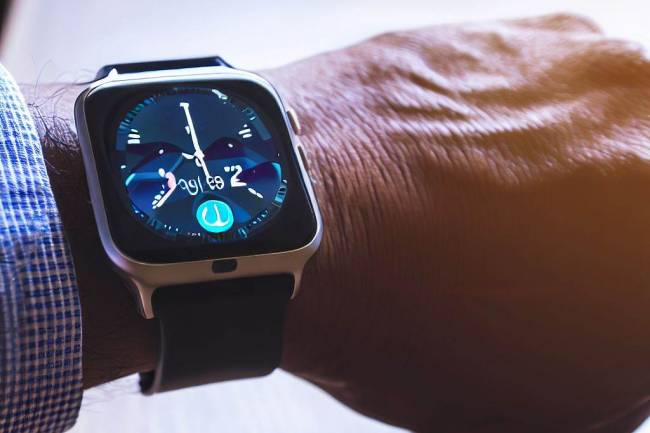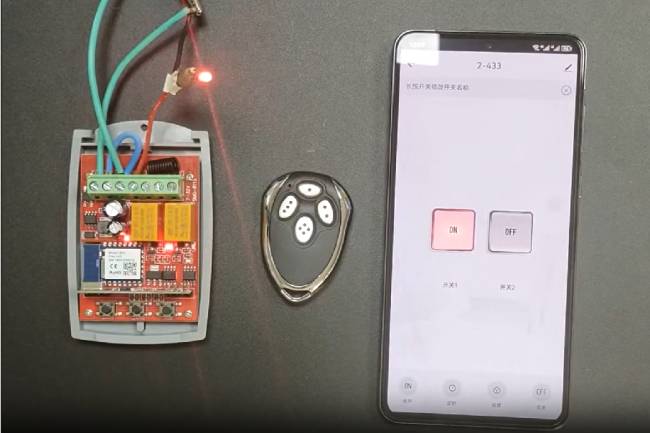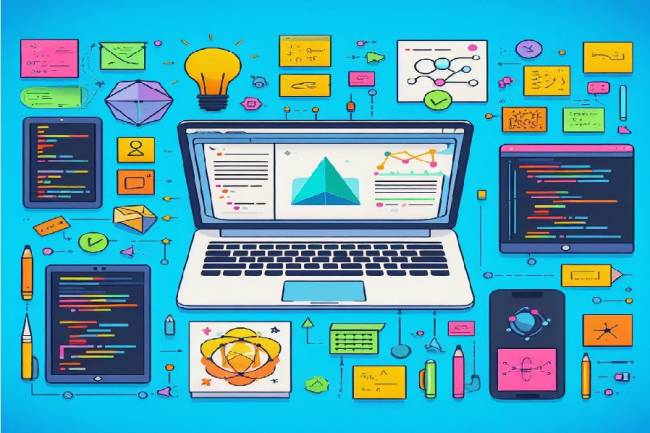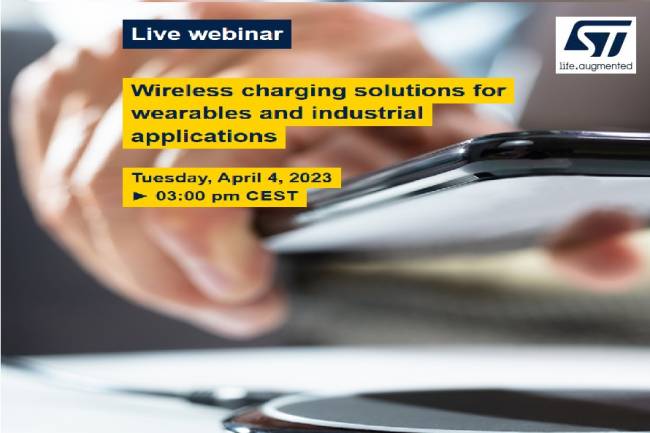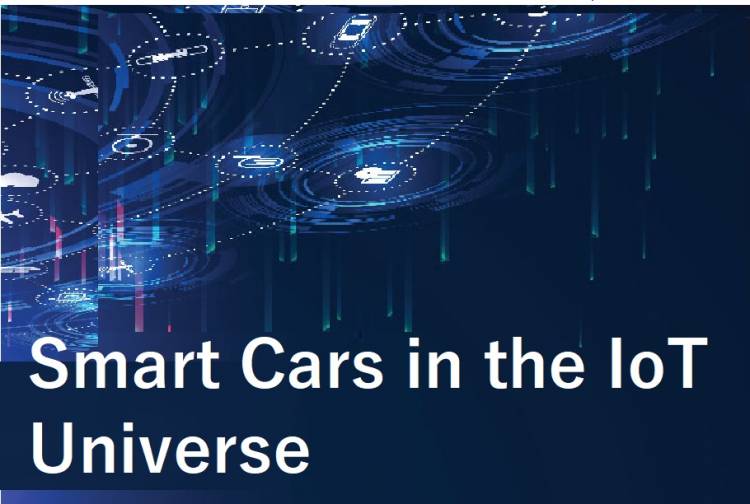
Smart Cars in the IoT Universe
The use of electrical-electronic technologies in motor vehicles dates back to ancient times. In turn, the development of electrical, electronic and computer-software technologies has improved every industrial field. After the production of every product with economic value, the transportation sector had to develop naturally. Of course, we owe the fastest and least costly transportation of every product, which is of vital value, to motor vehicles. Of course, transportation is not limited to just carrying products. Motor vehicles used by people have also made our daily life easier.
Today, there are many means of transportation, from huge RO-RO ships to the smallest electric scooters. The subject of our article is mainly automobiles, but we can evaluate the IoT and artificial intelligence issues for all motor vehicles. So, a car that has joined the IoT universe and a scooter or RO-RO ship are technically similar things.
In the last 30-40 years, the standards of auto computers in automobiles have developed. ECUs (Engine Control Unit) produced by different automobile brands continue their development today. Auto computers, which take every quantity that can be measured in a car with the help of sensors, process these data and control the car system, have very high CPU speeds and data storage capacities. These ECUs, which can perform many analyzes such as the temperature level of the engine and the amount of cooling, the instantaneous speed of the vehicle, the engine speed, the amount of oxygen released from the exhaust, fuel analysis, temperature analysis, exhaust emission analysis, can also control mechanical parts with the help of actuators.
These ECUs, which also perform the functions that may be needed in an automobile, are actually no different from a PC, laptop or Tablet computer that we know. But they can have different configurations in terms of add-on modules. Many controllers such as radiator, air conditioner, ventilation, automatic lock and window mechanisms, sunroof are also located in this unit. Similar to other computers, modules that handle in-car multimedia functions can also be added to the auto system.
After briefly touching on classic computerized cars, our current topic is how a car becomes IoT. Technically, the explanation for this is simple. In a car that already has its own computer, wi-fi, bluetooth, etc. If we add a communication protocol-module and connect it to a network system-web cloud server, our car becomes an IoT (Internet of Things) object. In other words, we will be able to manage all of the data monitoring and control functions we mentioned before from the outside. An IoT-Auto on the Cloud also communicates with other IoT objects. The most important thing is that aggregate data analysis and control can be done with any type of IoT object data in the IoT universe. For example; The harmful exhaust emissions of all motor vehicles in a city can be calculated instantaneously in a very short time. Many similar analyzes can be observed and analyzed instantly on central cloud servers.
When the word "smart car" is mentioned, it should not be understood that the car that behaves "intelligently" only within its physical limits. The concept of “smart environment-smart city” created with other tools in the IoT universe should also be considered together. Because, as we mentioned in our previous articles, everything visible and invisible in daily life, in industrial fields, is an object in the IoT universe. In fact, we humans who drive cars are also IoT objects. Just as an automobile or airplane is an IoT object while inside a car or an airplane, we humans are IoT objects that move with those objects.
Another important issue in transportation vehicles that will transition to the IoT universe is the fuel type issue. The concept of IoT will not change much as the transition from diesel and gasoline engines to electric vehicles increases. Just because the vehicle mechanics have changed, the type of data processed will have changed. These data will decrease in number, but since communication-interaction with other objects will increase, there may be problems in total data transfers.
In terms of storage and data transfer rates, the increase in density may be possible with the development and cheapening of chip technologies in the field of electronics. In terms of smart cars, it seems that the change in fuel type will bring cheaper. In addition, as the development in chip technology will also strengthen the smart computers in each car, there may be advantages of less busy the cloud server system.



